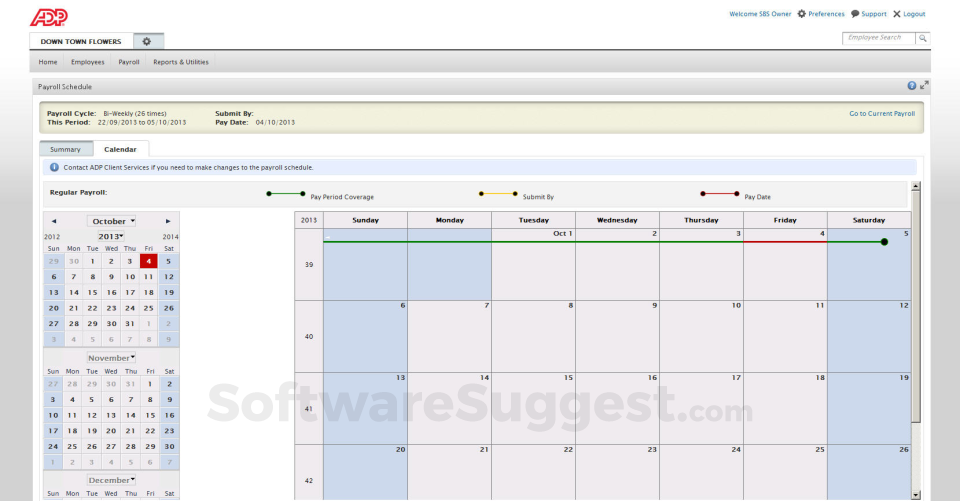

But a company which provides only the raw payment rails doesn’t really add much value - companies are looking to spend money better in a more controlled and focused way. We opened by discussing the payment rails side, since those are the companies which get a slice of the massive purchase volume we just saw. Note that this purchase volume is larger than GDP. accounts for roughly 20% of this volume (IDC Research). You probably don’t need to be persuaded that this is a staggeringly large market, but just for fun, here are the numbers: Annual B2B payment volume currently sits at $127T and is expected to reach $200T by 2028 - the U.S. What really differentiates these companies from each other? Can they really beat the incumbents? Who’s winning now, and what are the key strategic factors going forward? Only a few weeks ago, Ramp announced a fresh $30M round of funding and yesterday, Divvy announced a $165M funding round.

No less than 5 companies - Brex, Divvy, Ramp, Airbase, and Teampay - are taking aim at AMEX just like Netflix once took aim at Blockbuster.Ī spend management war is brewing, and there are lots of questions in the air.

That fintech market is B2B payments, the market leader is AMEX, and the VC money is flowing just as rapidly as you’d expect. Now imagine that the leading company in that market, with 42% market share, is a company founded in 1850 whose product has been largely stagnant for the past few decades. Imagine a fintech market - one that processes $25 trillion of payments every year in the U.S.


 0 kommentar(er)
0 kommentar(er)
